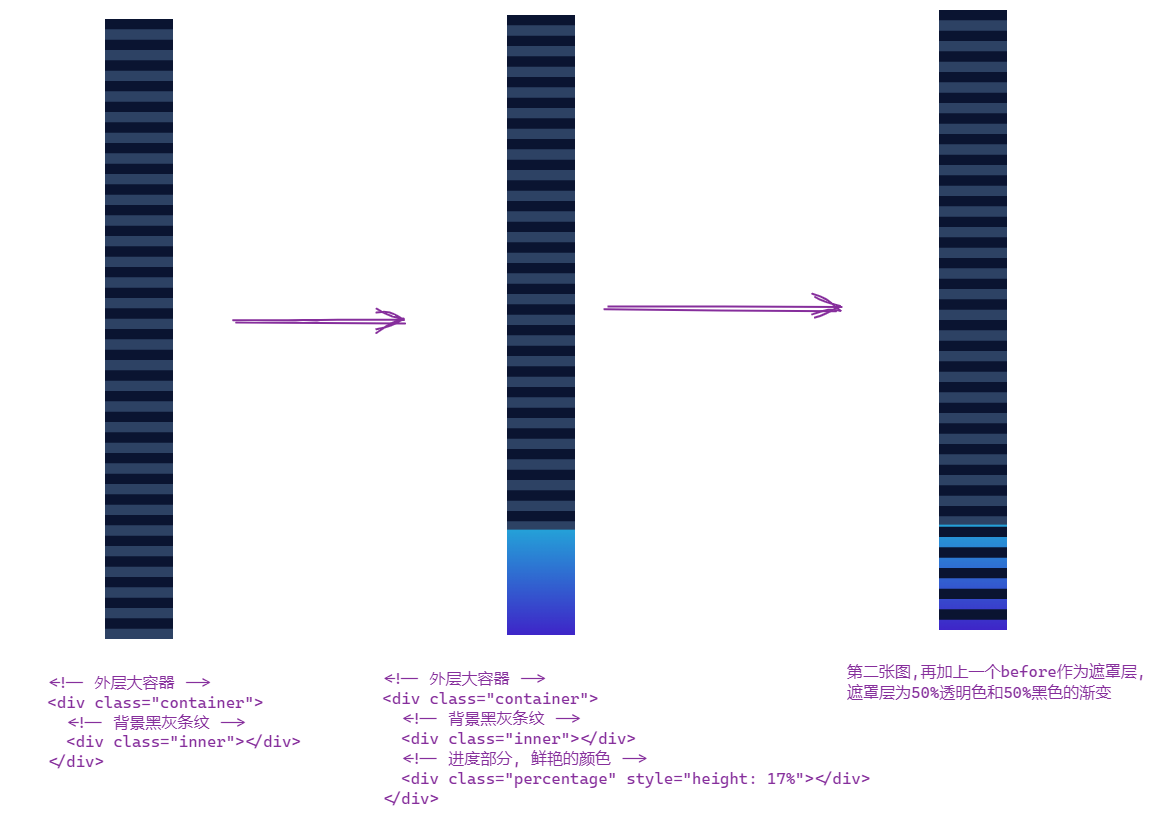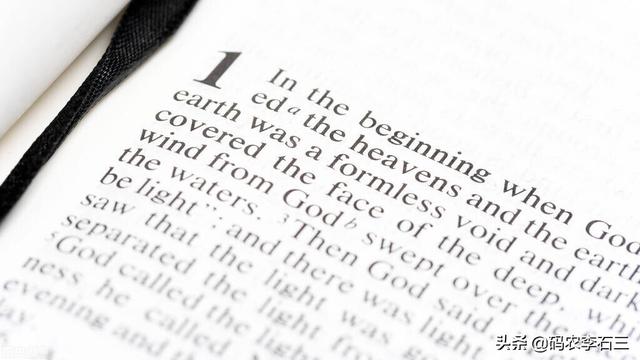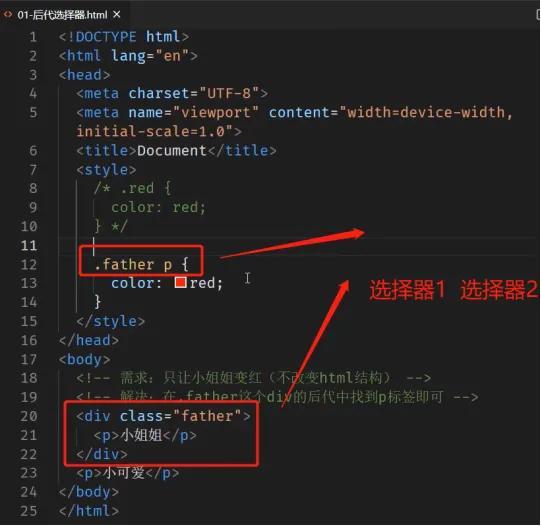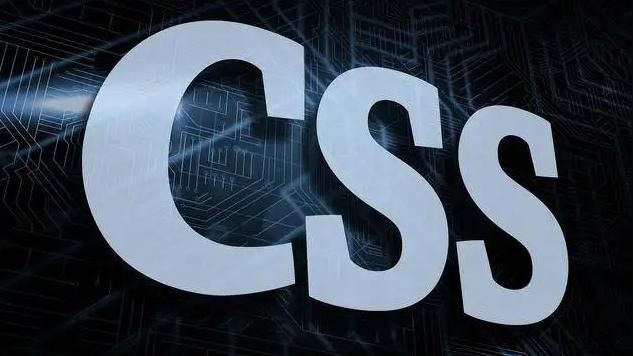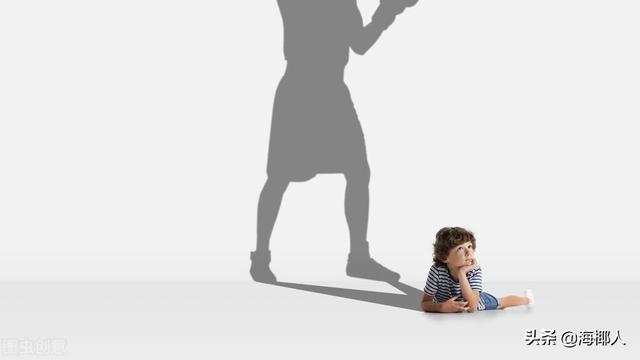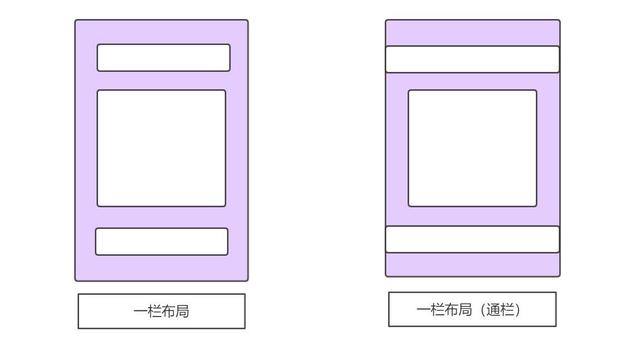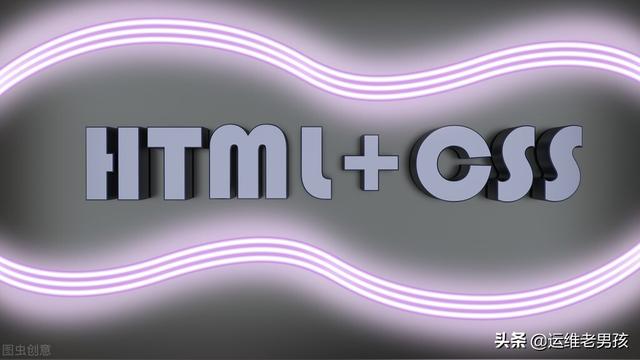10个CSS方法实现元素水平垂直居中 元素不定宽高居中方法
背景
在开发中经常遇到这个问题,即让某个元素的内容在水平和垂直方向上都居中,内容不仅限于文字,可能是图片或其他元素
居中是一个非常基础但又是非常重要的应用场景,实现居中的方法存在很多,可以将这些方法分成两个大类:
- 居中元素(子元素)的宽高已知
- 居中元素宽高未知
实现方式
以下是10种实现元素水平垂直居中的方式:
- text-align:center 块状元素,水平居中(只适用于块级元素,块级元素内的行内元素可以居中或者将此行内元素设置为块级元素)
- margin:0 auto 水平居中 以外边框为参照物,上下外边框距为0,左右外边框距浏览器会自动计算平分
- line-height 垂直居中 通过设置行间距。line-height只适用于单行文本的元素,多行元素不适用。
- float属性+relative定位 给父元素设置float:left ,然后父元素整体向左移动50%(position:relative;left:50%),这时父元素要清除浮动(clear:both),然后再给子元素整体向左移动50%(position:relative;left:-50%)
- 根据绝对定位absolute+margin实现水平居中 给父元素一个相对定位relative,利用绝对定位absolute,配合margin:auto自动计算外边距(position: absolute; top: 0;right: 0; bottom: 0; left: 0;margin: auto;)。相对于相对应于relative的绝对定位absolute,需要定宽。relative只是为了给子元素定位用的
- 使用absolute绝对定位+translate 移动转换,实现水平垂直居中 使用百分比来绝对定位一个元素,并配合使用translate,将元素移动定位居中(position: absolute; top: 50%; left: 50%; transform: translate(-50%, -50%))。
- 利用table布局,默认垂直居中(vertical-align:middle) 如果不是table布局的话可以:仿table(display:table-cell),一样使用vertical-align:middle实现居中对齐
- flex布局 父元素使用display:flex,设置其属性justify-content.align-items都为center(display: flex; justify-content: center; align-items: center),实现水平居中
- flex布局+margin 父元素使用flex布局(display:flex),子元素使用margin:auto
- 利用定位+margin:负值
- grid布局
绝对定位+transform:translate(-50%,-50%)
.parent{ position:relative;}.son{ position: absolute; top:50%; left:50%; transform:translate(-50%,-50%);}
行内元素
基本思想:单行文本子元素line-height 值为父元素 height 值
.parent { height: 200px;}.son { line-height: 200px;}
行内块级元素
基本思想:元素是行内块级,使用display: inline-block, vertical-align: middle+伪元素处于容器中央
.parent::after, .son{ display:inline-block; vertical-align:middle;}.parent::after{ content:''; height:100%;}
利用定位+margin:auto
先上代码:
<style> .father{ width:500px; height:300px; border:1px solid #0a3b98; position: relative; } .son{ width:100px; height:40px; background: #f0a238; position: absolute; top:0; left:0; right:0; bottom:0; margin:auto; }</style><div class="father"> <div class="son"></div></div>
父级设置为相对定位,子级绝对定位 ,并且四个定位属性的值都设置了0,那么这时候如果子级没有设置宽高,则会被拉开到和父级一样宽高
这里子元素设置了宽高,所以宽高会按照我们的设置来显示,但是实际上子级的虚拟占位已经撑满了整个父级,这时候再给它一个margin:auto它就可以上下左右都居中了
利用定位+margin:负值
绝大多数情况下,设置父元素为相对定位, 子元素移动自身50%实现水平垂直居中
<style> .father { position: relative; width: 200px; height: 200px; background: skyblue; } .son { position: absolute; top: 50%; left: 50%; margin-left:-50px; margin-top:-50px; width: 100px; height: 100px; background: red; }</style><div class="father"> <div class="son"></div></div>
整个实现思路如下图所示:

- 初始位置为方块1的位置
- 当设置left、top为50%的时候,内部子元素为方块2的位置
- 设置margin为负数时,使内部子元素到方块3的位置,即中间位置
这种方案不要求父元素的高度,也就是即使父元素的高度变化了,仍然可以保持在父元素的垂直居中位置,水平方向上是一样的操作
但是该方案需要知道子元素自身的宽高,但是我们可以通过下面transform属性进行移动
利用定位+transform
实现代码如下:
<style> .father { position: relative; width: 200px; height: 200px; background: skyblue; } .son { position: absolute; top: 50%; left: 50%; transform: translate(-50%,-50%); width: 100px; height: 100px; background: red; }</style><div class="father"> <div class="son"></div></div>
translate(-50%, -50%)将会将元素位移自己宽度和高度的-50%
这种方法其实和最上面被否定掉的margin负值用法一样,可以说是margin负值的替代方案,并不需要知道自身元素的宽高
table布局
设置父元素为display:table-cell,子元素设置 display: inline-block。利用vertical和text-align可以让所有的行内块级元素水平垂直居中
<style> .father { display: table-cell; width: 200px; height: 200px; background: skyblue; vertical-align: middle; text-align: center; } .son { display: inline-block; width: 100px; height: 100px; background: red; }</style><div class="father"> <div class="son"></div></div>
flex弹性布局
还是看看实现的整体代码:
<style> .father { display: flex; justify-content: center; align-items: center; width: 200px; height: 200px; background: skyblue; } .son { width: 100px; height: 100px; background: red; }</style><div class="father"> <div class="son"></div></div>
css3中了flex布局,可以非常简单实现垂直水平居中
这里可以简单看看flex布局的关键属性作用:
- display: flex时,表示该容器内部的元素将按照flex进行布局
- align-items: center表示这些元素将相对于本容器水平居中
- justify-content: center也是同样的道理垂直居中
2012版写法
.parent{ display:flex; justify-content:center;}.son{ align-self:center;}
grid网格布局
<style> .father { display: grid; align-items:center; justify-content: center; width: 200px; height: 200px; background: skyblue; } .son { width: 10px; height: 10px; border: 1px solid red }</style><div class="father"> <div class="son"></div></div>
这里看到,gird网格布局和flex弹性布局都简单粗暴
小结
上述方法中,不知道元素宽高大小仍能实现水平垂直居中的方法有:
- 利用定位+margin:auto
- 利用定位+transform
- flex布局
- grid布局
总结
根据元素标签的性质,可以分为:
- 内联元素居中布局
- 块级元素居中布局
内联元素居中布局
水平居中
- 行内元素可设置:text-align: center
- flex布局设置父元素:display: flex; justify-content: center
垂直居中
- 单行文本父元素确认高度:height === line-height
- 多行文本父元素确认高度:display: table-cell; vertical-align: middle
块级元素居中布局
水平居中
- 定宽: margin: 0 auto
- 绝对定位+left:50%+margin:负自身一半
垂直居中
- position: absolute设置left、top、margin-left、margin-top(定高)
- display: table-cell
- transform: translate(x, y)
- flex(不定高,不定宽)
- grid(不定高,不定宽),兼容性相对比较差



